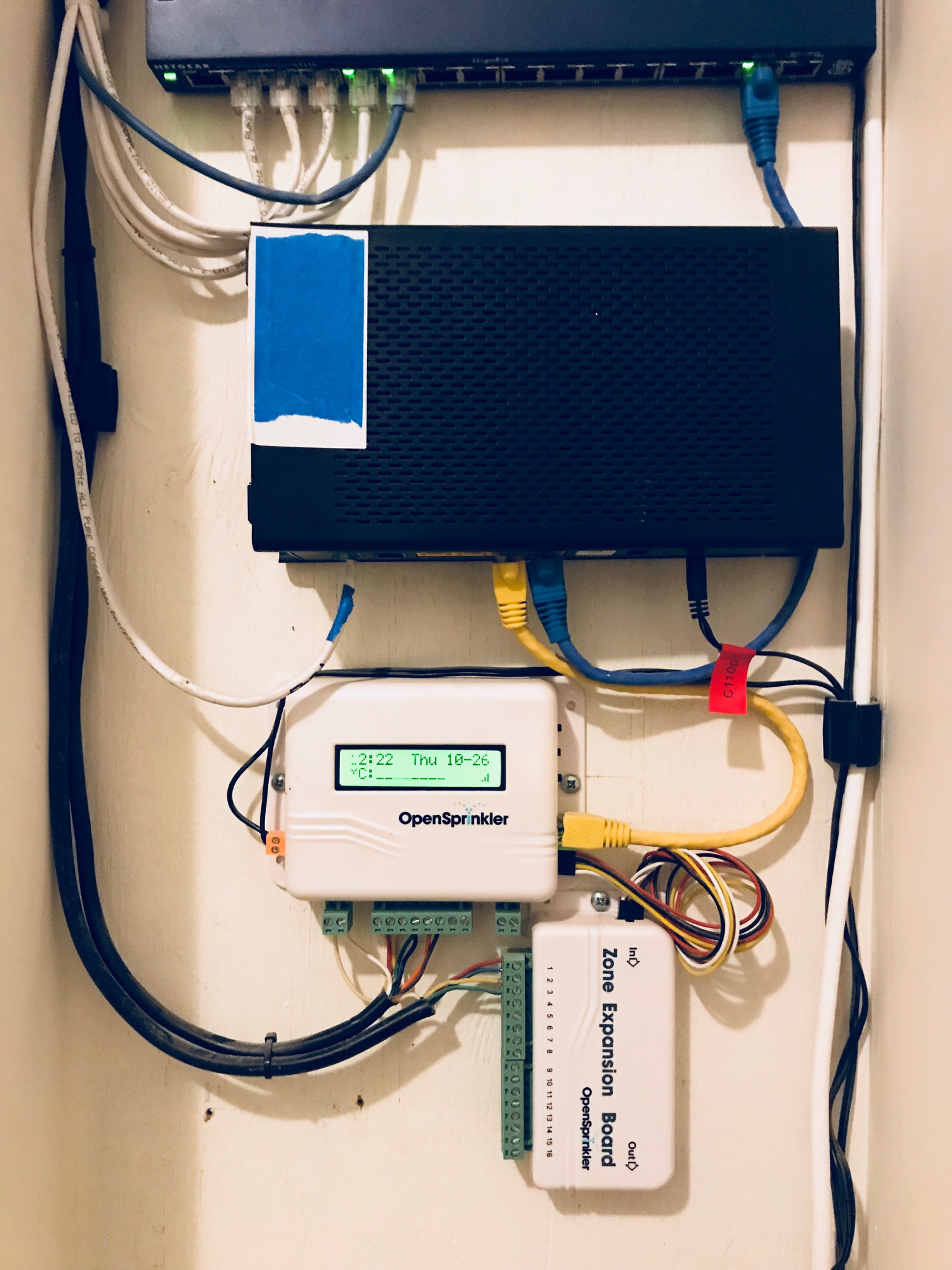


The G0922 3D Printer has an enclosure that protects your work from dust and the elements, and keeps hands away from moving parts. However, do keep in mind that if you don’t have a proper insulating layer, the bolts may act as a bridge between your board and the outside. Grizzly G0922 Enclosed 3D Printer More stable and runs quieter than open-framed 3D printers. Now the column can be a lot thinner, it is easier to place the nuts and you can easily mount the enclosure + board on some other panel using longer bolts. So I’ve discarded the first method and chose to have the bolts poke through the bottom of the enclosure. Finally, trapping the nut in the material requires careful planning to avoid impossible-to-print overhangs. It looked promising, but the supporting columns were quite thick (since they had to host the nut) and so they took up a large footprint of the board.

The picture on the left below shows the new enclosure. The dimensions are the same with the transparent cover enclosures we’ve been using so far, but it’s now in solid color (light gray) and comes with a printed label on top. My first attempt was to use a nut inserted into the material. We’ve just got a new batch of enclosures for OpenSprinkler Pi (OSPi). The question is, how do you secure the bolts when you don’t have access to the back of the board? Four columns protrude from the floor of the enclosure and support the board from below.
#3D PRINTED OPENSPRINKLER PI ENCLOSURE 32 BIT#
CR Touch works for Ender3 v2 /Ender3/Ender3s/Ender3 Pro/ Ender 3 Max/Ender5/Ender5 Pro with 32 bit V4.2.2/V4.2.7 mainboard (doesnt work for 8bit board) for sovol 3d. Your preferences will apply to this website only. Creality 3D Printer Enclosure,Ender 3 V2/Ender 3 Pro/Ender 5/CR 10 Series/Cover Constant Temperature Fireproof Soundproof Tent(70×75×90cm) : Amazon.sg: Industrial & Scientific. Please note that some processing of your personal data may not require your consent, but you have a right to object to such processing. In the end, I decided to use a rectangular hole pattern, since most boards are already designed with one. A video showing an OpenSprinkler Pi (connected to a Raspberry Pi) being controlled via OpenHAB (which is an open source home automation system), which itself is. I toyed with the idea of using some rails in which the board could slide in from the side, but that would require two entire sides of the board without components sticking out.
#3D PRINTED OPENSPRINKLER PI ENCLOSURE HOW TO#
The first design decision is how to secure the board in place.


 0 kommentar(er)
0 kommentar(er)
